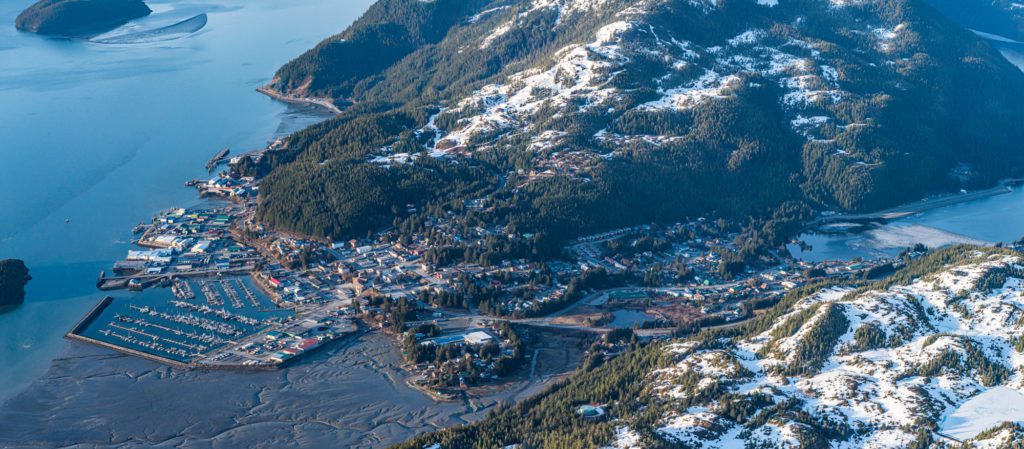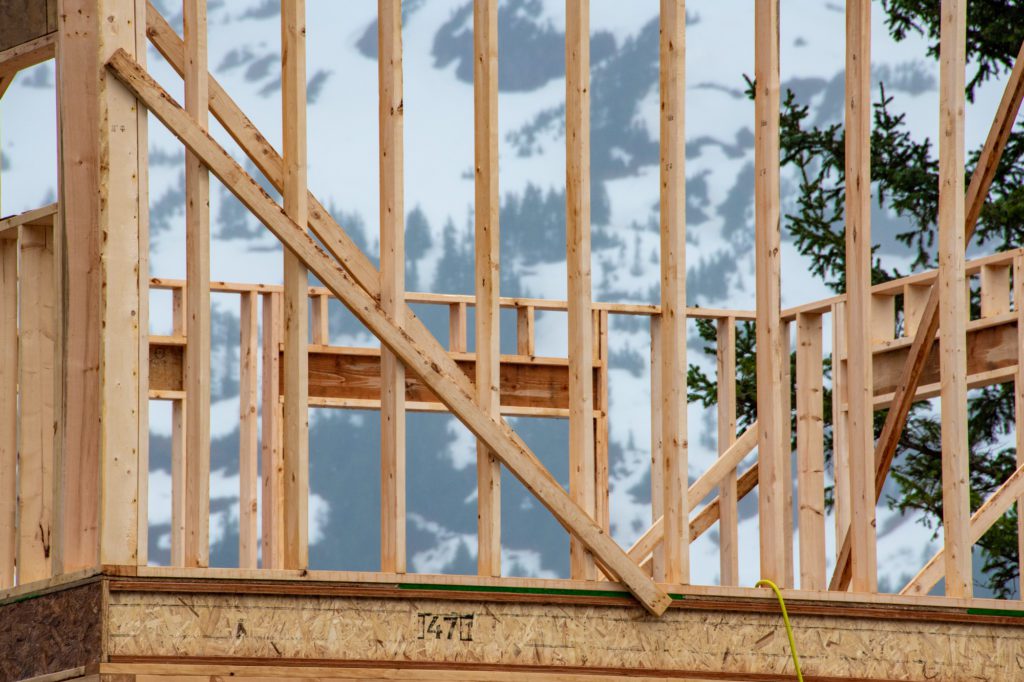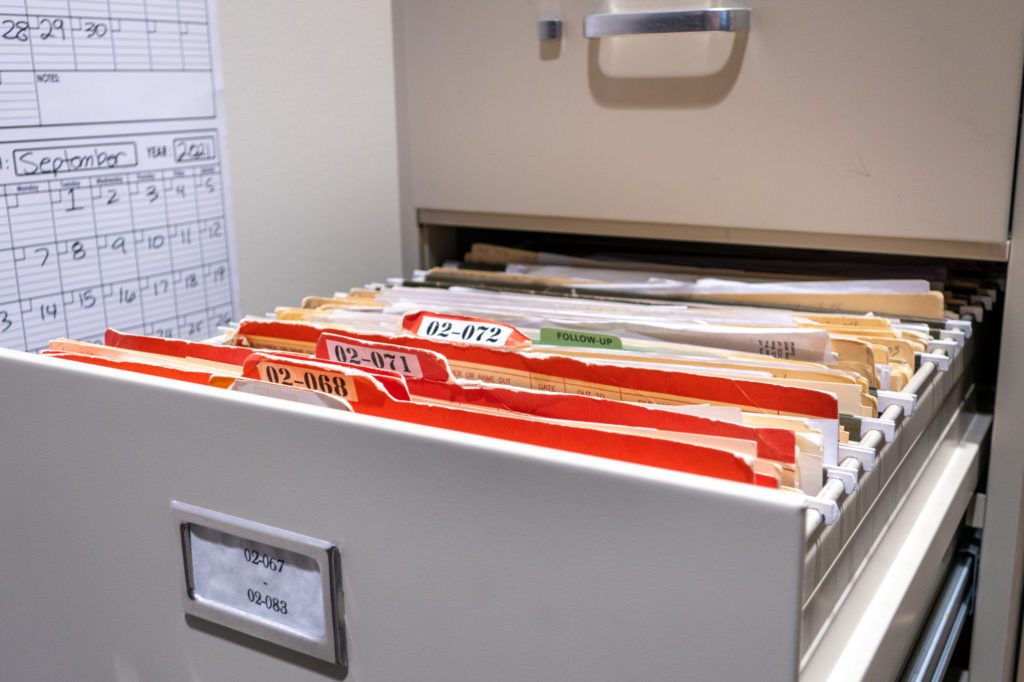
Cordova needs a parks and rec director. A strong candidate has been identified. So, why not hire him? The candidate lives out of state, and no one in Cordova can find a residence for him to move into. Until a suitable house or apartment becomes available — or until the candidate agrees to live in a tent — Cordova will have to leave the office of parks and rec director empty. Otherwise, the city could be compelled to hire a less qualified local candidate to fill the gap.
Cordova’s would-be parks and rec director joins a group of police officers, clinicians and other professionals much needed by the community, but put in limbo due to a shortage of housing. The thus far unsuccessful attempt to find a place for the parks and rec director candidate has been led by City Manager Helen Howarth. Cordova’s limited housing makes it harder for all employers to attract specialized candidates from outside the community, Howarth said.
“The one thing that would prevent them from taking a job is housing,” Howarth said. “It’s not about the rainfall. It’s not about the lack of daylight. It’s not about lack of transportation. It’s not about any of those things: it’s housing… Right now, you will not see a single ‘for rent’ anywhere.”
In some cases, hiring a less qualified local candidate could result in extra cost to taxpayers. Cordova Police Department, which is seeking to hire an additional police officer, would save about $15,000 in training expenses by hiring an already certified officer from out of town — assuming they can find a suitable place to stay. Though it’s been possible to find accommodation for the department’s last few hires, some department employees currently live with friends or in other temporary arrangements, Police Chief Nate Taylor said.
In Cordova, as in many coastal Alaska towns, old buildings are falling apart faster than new ones are being put up. According to American Community Survey data, 35% of homes in Cordova were built between 1960-1979. About a quarter of Cordova’s homes are older than the state of Alaska itself. While many of these older houses gradually degrade in the moist coastal climate, new homes are being built at an average rate of slightly less than six per year, according to city data. There are currently four new houses under construction around Cordova, said Public Works Director Samantha Greenwood.
In a windstorm-prone rainforest, located in a state that registers an average of 1,000 earthquakes per month, a certain degree of home deterioration is expected. However, this problem is exacerbated by the flimsy building material used in some older homes that were hastily erected during the population booms of past decades. Since the 1960s, tin siding has replaced vinyl and plywood siding in newly built houses, but not all Cordova homes have kept up. The isolation that makes a roadless community like Cordova so charming also makes it remarkably expensive to import building materials and to fly in specialized workers like housing inspectors. As a result, some older homes remain unrenovated until they deteriorate into ruins where you’re more likely to find water running out of a hole in the ceiling than from a tap.
“It’s become really clear that the market isn’t going to come up with a solution,” Howarth said. “It’s going to take more than that. There is a market saying, ‘We need housing! We need housing! We need housing!’ But there is no market-driven solution coming forward.”
As one would expect in the most seismically active U.S. state, many houses in Cordova have foundation damage due to earthquakes, as well as settling over time. However, some houses also rest on foundations built from lumber treated with creosote, Greenwood said. Coal-tar creosote is a wood preservative containing chemicals that cause cancer in humans and impede the ability of salmon to migrate, according to a 2019 report by the Washington State Department of Natural Resources.
But, in Cordova, even leaky and earthquake-battered homes can fetch a premium price. The median home value in Cordova is $330,600, or 152% the national average, according to data gathered from 2015-2019 by the ACS. Cost of living in the area is 138% the national average — high, but still not commensurate with the cost of housing. While median home value in comparable coastal communities like Valdez, Dillingham and Wrangell falls below the state average, Cordova’s exceeds the state average by 22%.
The high price of materials and labor doesn’t prevent the building of new houses, but it does make those houses more expensive for buyers. In Cordova, it costs $100,000 just to prep the site to build a single-family home that, in a town like Ketchikan or Valdez, would end up selling for about $300,000, said city public relations manager Curtis Fincher. Site preparations such as the laying of water and wastewater systems, grading, and driveway installation can easily add more than $50,000 in costs, according to a report by the city. So, though a few new houses go up each year, many of them may end up out of reach of the typical homebuyer.
“[Housing] is an exceptionally expensive thing in an exceptionally expensive town,” Fincher said.
Opening up more buildable property around town is perhaps the most popular solution to Cordova’s housing shortage. But former City Planner Leif Stavig dismisses the idea — it would accomplish nothing but creating a set of $200,000 vacant lots, he said. While developing high-priced lots and homes may be worthwhile if there’s a demand for such properties, it won’t address the public’s demand for affordable housing, he said.

When the Cordova Safe Housing Program launched in July 2020, people were skeptical. Organized by Cordova Community Medical Center’s Sound Alternatives clinic and by the Cordova Family Resource Center, the program offered homeless people shelter for up to 14 days, as well as assistance finding sustainable longer-term housing.
“We had a lot of people say, ‘What are you doing? We don’t have any homeless people in Cordova,’” said Barb Jewell, behavioral health program manager for Sound Alternatives.
Since then, the Cordova Safe Housing Program has supplied about 145 nights of shelter to 20 people, Jewell said. Unlike Anchorage, whose population of roughly 1,100 homeless people is readily apparent to visitors, Cordova’s homeless population remains invisible. Living homeless in Cordova often means camping outside of town, sleeping in a vehicle or moving from one friend’s couch to another.
“People say we don’t have homelessness here because they don’t see people sitting on the street like you might see in San Francisco,” CFRC Executive Director Nicole Songer said.
Nonetheless, Sound Alternatives is in the process of renewing the $27,449 Alaska Department of Health and Social Services grant that supported the program through its first year. Jewell hopes that, beginning this July, the program will be able to offer 30 days of shelter, she said. It’s anticipated that the project’s overall cost will rise from $35,100 to at least $40,000. So far, costs not covered by the grant have been defrayed in part by funding from the Alaska Community Foundation, contributions from citizens and in-kind donations by CFRC and CCMC.
“We’re probably going to expend every penny,” Jewell said.
Cordovans don’t often leave houses standing vacant. The community’s homeowner vacancy rate is so low that a 2015-2019 Census Bureau study estimated it to be 0%. This compares to an estimated statewide homeowner vacancy rate of 1.9%. Cordova’s rental vacancy rate is about 14.3%, higher than the state average, but similar to that of other coastal towns.
How many homeless people are there in Cordova? This is a difficult question to answer, in part because the legal definition of “homeless” is surprisingly subtle. According to the definition established by the U.S. Code, “homeless” includes anyone who lacks a “fixed, regular and adequate” nighttime residence — anyone who primarily spends the night somewhere “not designed for or ordinarily used as a regular sleeping accommodation for human beings,” including a car, a campground or an abandoned building. Also included are some people in imminent danger of losing their housing.
Not everyone recognizes a person living in a dilapidated building or in a vehicle as homeless — including some of those people themselves. Fishing industry workers Molly McGraw and Andrew McFadden have spent two years as tenants of a green bus near Shelter Cove, also known as “Hippie Cove” for its status as a local alternative-lifestyle hub. In a letter to city officials, McGraw said she and McFadden had invested much time and resources making structural and aesthetic improvements to the bus, which they described as a piece of local history worth preserving. The U.S. Code notwithstanding, the green bus is McGraw and McFadden’s home.
“People get to choose how they’d like to live and, in Alaska, it’s not uncommon for people to live without running water or without electricity,” Jewell said. “I bought a cabin in the woods like that. But I’m talking about situations where they don’t have access to clean water, the electricity is unsafe, there are fire hazards, there are holes in the roof, there’s nowhere to keep food safe: those kinds of situations that can cause harm to a person.”
It’s well known that Cordova hosts a population of people in their teens and early 20s who couch surf, moving from one friend’s house to another without a fixed home of their own. During the early days of the Cordova Safe Housing Program, this was the group Songer expected to receive the most requests from, she said. However, the program spent more time working with families, elderly people and people with substance abuse issues. The latter group can easily find itself stuck in a vicious cycle: addiction makes it harder to maintain housing, and being homeless makes it harder to recover from addiction.
“If you’re trying to get sober and the only place that you can crash is a friend’s that’s not sober, then you’re more likely to continue using,” Songer said. “We can build housing, but if we don’t get them access to treatment, they’ll still not be able to afford housing, and they’re still going to be on the street.”
Cordova offers two subsidized income-based housing facilities: Cordova Mews Apartments and the Sunset View housing community. Additionally, North Pacific Rim Housing Authority offers housing assistance for Alaska Native residents. However, some individuals don’t qualify for income-based housing because a housing provider requires prospective tenants to have a job, Songer said. Other individuals who apply for help from CFRC are disqualified for income-based housing due to their criminal history, previous evictions or other issues. Ineligible for income-based housing and certainly unable to plunk down $330,600 to buy a house, these individuals are at risk of ending up in tents, vehicles, or houses without basic amenities like heat and electricity. Ironically, such decrepit buildings occupy some of Cordova’s most valuable land, according to the city’s 2019 comprehensive plan.
“They might have a shelter over their head, but it’s not livable in the middle of the winter when it’s 20 degrees and there’s no fireplace,” Songer said.
Putting a roof over someone’s head for 14 or 30 days is well and good, but the goal of the Cordova Safe Housing Program is to offer a path to something more permanent, Jewell said.

The urgency of Cordova’s housing shortage is not lost on the public. In a survey carried out by the city in 2019, residents identified the two biggest challenges facing the city as “high cost of living” and “lack of affordable, quality housing.” In the updated comprehensive plan informed by the survey, the city proposed, in general terms, to establish incentives for new, quality, affordable housing, and to use tools like property tax abatements to encourage redevelopment and new construction.
“If you drive by someone who’s building a house, they’re building a house for themselves, but they’re also singlehandedly, in a small way, helping fix this much bigger problem, because they’re not living somewhere else now — it’s like musical chairs,” Fincher said.
The city is currently undertaking an internal assessment of Cordova’s roughly 1,022 housing units, a laborious process requiring the manual digitization of hundreds of handwritten property tax assessments. This assessment is intended to give the city a better understanding of Cordova’s housing assets and to determine how many of the existing structures are actually livable, Howarth said.
Cordova is not the only coastal town suffering from inadequate housing, nor is it the first to study the problem. A 2019 housing assessment report commissioned by the Ketchikan Gateway Borough describes circumstances similar to Cordova’s, in which there’s little incentive to build affordable homes, and housing vacancy fluctuates between near-zero during summer and more than 10% during the off-season.
“The Borough should consider any new housing development good for the economy and quality of life for the community,” reads a section of the Ketchikan report. “Every new housing unit constructed — whether single-family, multi-family, or accessory unit — will, either in the near-term or the long-term, help alleviate Ketchikan’s constrained housing options.”
It’s possible Cordova has untapped housing resources, such as unoccupied homes or guest houses whose owners haven’t bothered to rent them, Howarth said. If the city can render the housing issue more visible, it’s possible those homeowners may be prompted to make their properties available for use, she said. While the city can’t solve the problem by raising new buildings, it can assist by accommodating a public conversation to identify solutions, she said.
In the meantime, Howarth is faced with the more immediate problem of finding somewhere for her new parks and rec director and city planner to live.
“Sometimes I look out at the harbor and think, ‘Are there any derelict vessels that could be repurposed?’” Howarth said. It’s a joke — for now.





